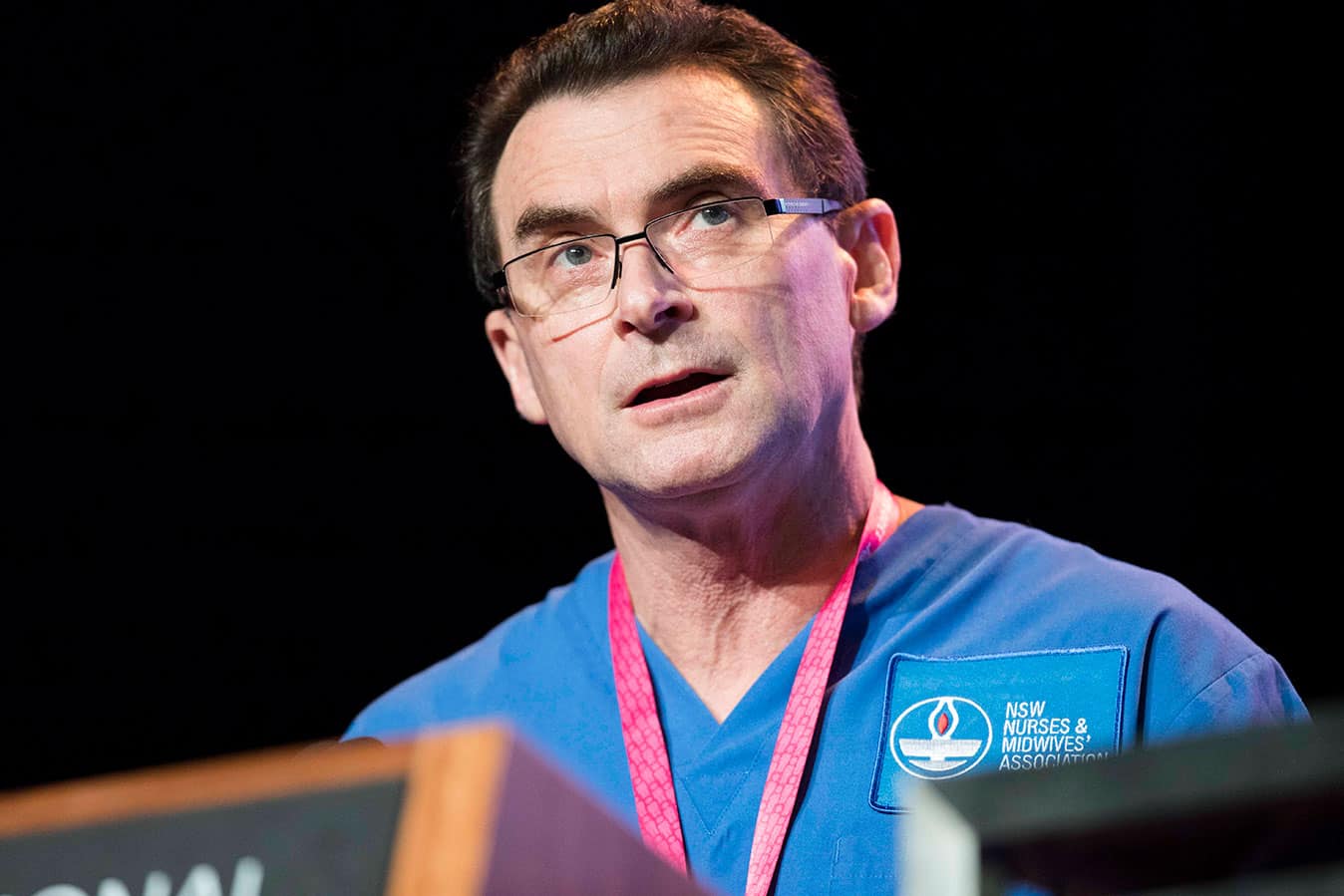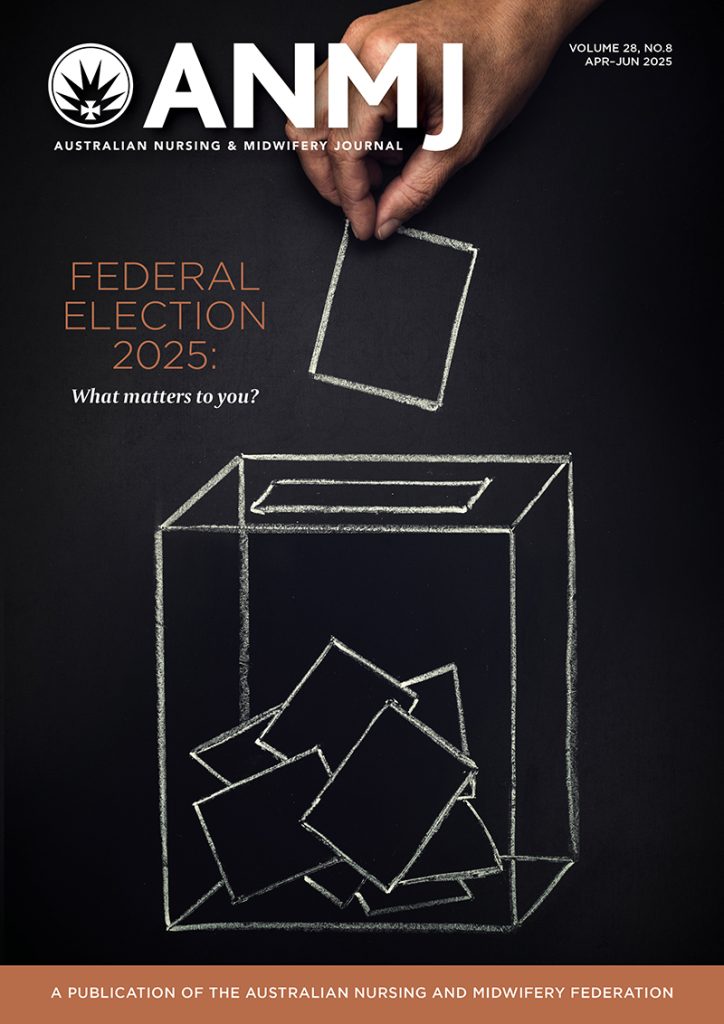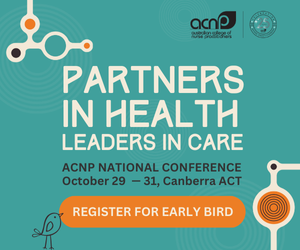Hundreds of NSW nursing and midwifery delegates stood up in unison to send a message about the growing prevalence of workplace violence and urgent need for action to the state’s Health Minister Brad Hazzard at the 74th Annual Conference of the NSW Nurses and Midwives’ Association (NSWNMA) in Sydney last Thursday.
A recent series of violent assaults at the Blacktown Hospital, including one incident which left a nurse with facial fractures, have generated increased media attention and illustrated the alarming impact of violence in nursing and midwifery and the broader health sector.
Addressing Mr Hazzard from the floor, a Blacktown Hospital nurse revealed one of the string of incidents at the hospital’s specialised aged care unit saw her team member “punched viciously in the face by a confused and demented elderly patient”.
“Our management is very sympathetic and they’re trying to provide safeguards for us by way of extra staff, duress alarms, and personal duress alarms, but they’re hands are tied by budget constraints,” the nurse said.
“The nurses are at breaking point. They feel unsupported and abandoned by NSW Health. More needs to be done to protect our nurses. It’s time for you to give us some real support and real solutions to combat violence in our hospitals.”
In response, Mr Hazzard labelled violence a widespread issue happening across society, adding that he believes the use of drugs, particularly Ice, is fuelling the problem.
He discussed the use of duress alarms, to which large sections of the crowd yelled out “they don’t work”, and the possibility of arming nurses and midwives with body cameras similar to those worn by police officers.
Mr Hazzard promised to talk to Blacktown Hospital management to help address its current safety issues.
He also said he had appointed former police and health minister Peter Anderson to undertake a review of safety within NSW public hospitals in response to rising violence and was expecting a full report by the end of the year.
NSWNMA General Secretary, Brett Holmes, said violence and aggression towards frontline nurses and midwives was taking an emotional toll and that the Minister must work to find real solutions.
“It’s devastating to know almost every nurse and midwife attending the conference has been on the receiving end of violence and aggression in their workplace at some point during their career,” he said.
“This is a systemic issue and it’s having a profound impact on the health sector. A sector which is already under enormous pressure from population growth, increased presentations, increased acuity and massive understaffing issues.”
A day earlier at the conference’s Professional Day, researcher Dr Jacqui Pich, from the University of Technology Sydney (UTS), presented findings from a joint study with the NSWNMA investigating violence experienced by the state’s nurses and midwives.
The Violence in Nursing and Midwifery in NSW: Study Report surveyed more than 3,500 NSWMA members, finding almost one in two nurses and midwives had firsthand experience of violence in their workplace, while four in five nurses and midwives had experienced violence in the past six months.
Verbal abuse, physical violence, sexual harassment and death threats were identified as common daily occurrences.
Dr Pich told delegates the idea behind the study, the largest of its kind ever conducted in Australia on this topic, was to gather strong evidence about the issue in order to trigger action.
“We found almost half had experienced violence in the previous week and 80% in the previous six months,” she said.
“Of this, around three-quarters, it was verbal and non-physical abuse and about a quarter, physical abuse.”
Dr Pich said results, published earlier this year in February, revealed it did not matter what geographical areas or sectors members worked, violence was common across the board.
But more people in regional areas were experiencing physical abuse, likely due to less support and security.
There was also demographic variances.
“Older and more experienced nurses were less at risk, so this is telling us that we need to protect our younger and less experienced members. And males were more likely to experience violence and what the research tended to tell us is that often they will be called upon if there’s an episode of violence.”
The study identified several types of physical violence including grabbing, hitting, spitting and pushing, with the most common type of impact psychological, such as flashbacks and nightmares.
More than one-third of members surveyed said they’d had a weapon used against them or used to threaten with, and 2% said they had been sexually assaulted.
Dr Pich said 78% of nurses and midwives who had experienced physical injury said they couldn’t do their job anymore or had to change workplace.
Nurses and midwives who felt safe in the workplace were influenced by a positive safety culture, supportive management and working together in teams or pairs, while those who felt somewhat safe or unsafe reported not having enough staff and a poor skills mix.
Worryingly, the survey found most nurses and midwives were not satisfied with the immediate response from management following an act of violence, with little access to counselling and 87% reporting no change to the workplace following the episode.
“People were saying yes, this is an inevitable part of our job and it’s actually increasing.”
Dr Pich said the study was part of a submission to the Anderson Inquiry and that it now laid the foundation for the union to move forward and advocate for change and better outcomes.
International guest Tracy Zambory, President of the Saskatchewan Union of Nurses, told delegates violence was a global problem that health professionals could not put up with for a second longer.
“Violence in the workplace has become epidemic in Canada. We have many nurses who are injured and off work on a daily basis. In my own province, in our biggest mental health unit, we had one of our members nearly beaten to death.
“One more blow to the nose and he would have been dead. He has only now just been able to return to work but not on the mental health unit. The one thing that I must say from the performance that we saw today from your Minister, was the one thing that is never going to get us out of the weeds when it comes to violence, is this idea to blame the victim.”








